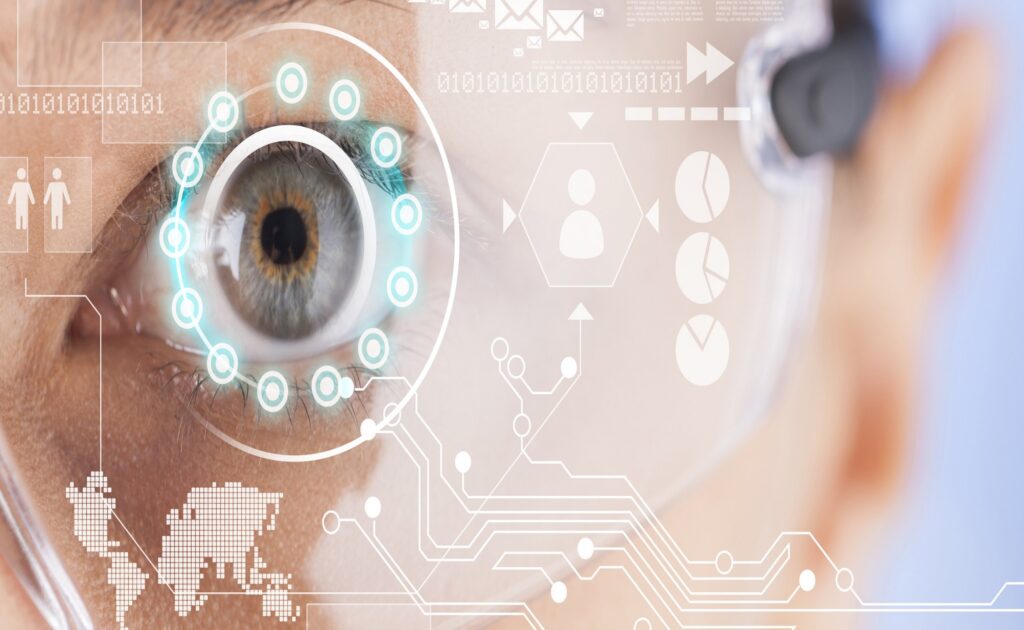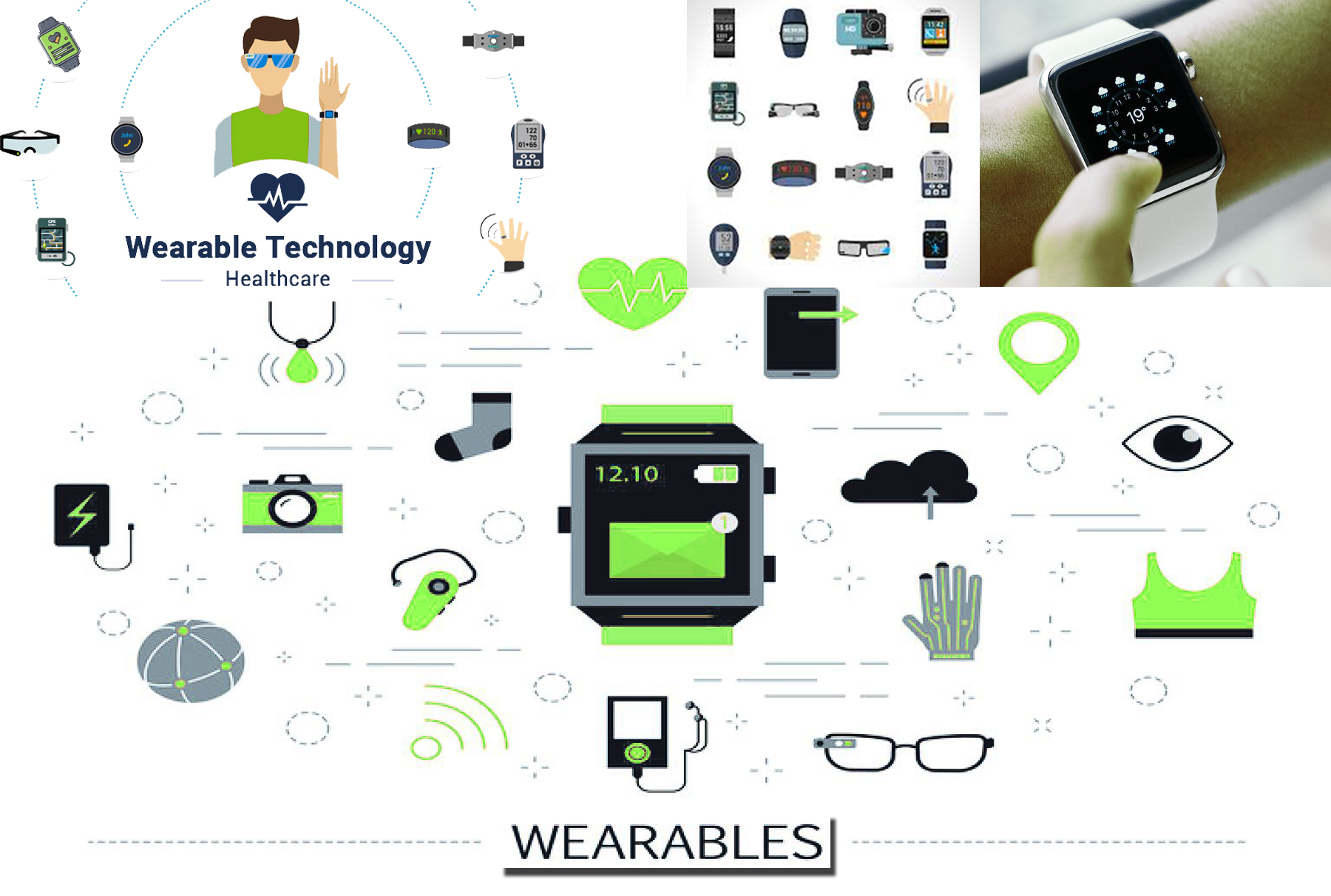Gadgets You Need to Know About
Wearable technology has revolutionized how we engage with technology and track our overall well-being, fitness, and health in recent years, making it an indispensable component of daily life. Wearable technology is revolutionizing various industries, including healthcare, fitness, and entertainment. From smartwatches and fitness trackers to augmented reality glasses and smart clothes, these gadgets are no longer only accessories. The emergence of wearable technology is indicative of a developing movement in which technology is seamlessly incorporated into our daily lives, offering consumers convenience, real-time data, and novel means of interacting with the outside world.
This piece will examine the development of wearable technology, its effects on different businesses, and the essential devices you should be aware of as the market grows.

1. The Evolution of Wearable Technology
Wearable technology is hardly a brand-new idea. Wristwatches, which have been around since the sixteenth century, are examples of early wearable technology. However, the late 20th and early 21st centuries saw the emergence of modern wearable technology, which blends sophisticated computational power with commonplace wearables.

Fitness trackers, like the Nike+ iPod, which let users log their runs and fitness advancements, were among the earliest wearable technology innovations. This was in 2006. This cleared the path for increasingly complex gadgets that provided notifications, mobile device integration, sophisticated health monitoring functions, and fitness tracking.
A significant turning point was the 2015 release of the Apple Watch, which brought smartwatches into the mainstream. With its seamless integration of app, fitness, health, and communication features, the Apple Watch immediately set new standards for the wearable industry. As a result of the actions of Fitbit, Samsung, and Garmin, among other IT behemoths, wearable technology usage surged.
2. Types of Wearable Tech Devices
The category of wearable technology is vast and includes a variety of gadgets that are intended to be worn on the body. Usually, the themes of these devices are productivity, entertainment, fitness, and health. Some of the most prominent wearable technology products available right now are listed below.
2.1. Wearable technology
Nowadays, smartwatches are arguably the most well-known type of wearable technology. These wrist-worn gadgets are basically mini-computers with a variety of functions beyond simple timekeeping.
For instance, the Apple Watch Series 9 has sophisticated health monitoring features including blood oxygen level monitoring, heart rate tracking, ECG monitoring, and even a fall detection feature. From their watch, users may send texts, make calls, receive notifications, and interact with apps. Smartwatches get more capable with each new version, offering enhancements in app integration, display quality, and battery life.
Comparably, gadgets such as the Samsung Galaxy Watch 6 and Garmin Venu 2 provide a blend of productivity features, connectivity, and fitness tracking, meeting a range of user requirements from corporate communication to sports training.
2.2. Activity Monitors
Fitness trackers give consumers information about their physical activity, sleep habits, and general well-being with a primary focus on health and wellbeing. These gadgets include strong fitness and health monitoring features, yet they are usually lighter and less expensive than smartwatches.
One of the best fitness trackers available is the Fitbit Charge 5, which provides real-time information for exercises like swimming, bicycling, and running. It also measures sleep, keeps an eye on heart rate, and offers stress-reduction resources. Fitbit’s community features and app ecosystem enable users to establish goals, compete with friends, and monitor their progress over time.
The Xiaomi Mi Band 8 and the Whoop Strap 4.0 are two more well-liked fitness trackers that appeal to people who value tracking their health and fitness levels above all else and don’t require the extra features found in smartwatches.
2.3. Intelligent Eyewear
One of the most advanced types of wearable electronics are smart glasses. By superimposing digital data on the real environment, these gadgets produce an augmented reality (AR) experience.
When Google first unveiled Google Glass in 2013, it was still mostly considered an experimental product and received mixed reviews. Since then, as new businesses like Snap and Facebook (Meta) have entered the market, smart glasses have continued to advance.
The trendy spectacles known as Ray-Ban Stories, which were developed in partnership with Meta, come with integrated cameras, speakers, and microphones that let users record films, take pictures, and listen to music without requiring an additional device. More and more industrial settings are using augmented reality glasses (AR) like Microsoft HoloLens and Magic Leap, which provide professionals with better tools for jobs like training, design, and collaboration.
2.4. Wearable health monitors and smart apparel
Even clothing is now equipped with wearable technology. A more comprehensive approach to track performance and health is provided by smart apparel, which includes accessories, shoes, and shirts with sensors incorporated into them. Metrics like heart rate, body temperature, muscle activity, and more can be monitored by these clothes.
Hexoskin Smart Shirts, for instance, monitor vital signs including respiration, heart rate, and movement, giving sportsmen and medical professionals precise physiological information. With Sensoria Smart Socks, runners may enhance their performance and lower their risk of injury by tracking running variables like as speed, cadence, and foot strike.
Wearable health monitors are intended to continuously check vital signs in the healthcare industry, assisting individuals in managing chronic disorders like diabetes or heart disease. With the aid of gadgets like the continuous glucose monitor (CGM) FreeStyle Libre, diabetics may monitor their blood sugar levels continuously without having to puncture their skin.
2.5.1 Hearables
Another new wave of wearable technology that emphasizes communication and sound is called a hearable. Wireless earbuds with features like voice assistance, fitness tracking, and noise cancellation, such as the Sony WF-1000XM5 and Apple AirPods Pro, offer better sound quality than other options.
Users with mild to moderate hearing loss can benefit from the hearing augmentation capabilities found in advanced hearables like the Nuheara IQ buds. These gadgets have Bluetooth built in, so users can use their earphones to handle calls, listen to music, and operate smart home appliances.
3. The Impact of Wearable Tech on Industries
Numerous industries are being impacted by wearable technology, including business, entertainment, and the healthcare and fitness sectors. We look at some of the biggest effects wearable tech is having on various sectors below.
3.1. Medical Care
Wearable technology is enabling people to take charge of their health, which is transforming the healthcare industry. With the help of gadgets like fitness trackers, wearable health monitors, and smartwatches, users and medical experts can monitor health patterns over time by accessing real-time data on vital signs, activity levels, sleep, and other topics.
Preventive and more individualized healthcare has also been made possible by the capacity to monitor medical issues like blood pressure, oxygen levels, and abnormal heart rhythms. Apple Watches and other similar devices have even been used to prevent fatal heart attacks. Additionally, wearable technology is being employed in telemedicine, which allows patients to communicate with doctors remotely in real time about their health.
3.2. Athletics and Fitness
Wearable technology has become indispensable in the fitness and sports business for athletes and fitness lovers who want to maximize their performance. Smartwatches and fitness trackers provide comprehensive data on exercises, rest periods, and general health, enabling users to customize their training to achieve their objectives.
Professional sports teams are utilizing wearable technology to monitor player performance and prevent injuries. These teams use data from sensors in smart clothing or fitness trackers. This data-driven methodology enables more efficient performance tuning and training.
3.3. Amusement and Video Games
Wearable technology is enabling new immersive experiences in the gaming and entertainment sectors. Virtual reality (VR) headsets and augmented reality (AR) glasses are among the gadgets that are revolutionizing how people interact with digital material, play games, and watch movies.
One of the most well-liked VR headsets is the Oculus Quest 3, which lets users interact with virtual settings while enjoying an immersive gaming experience. Augmented reality glasses, like Nreal Light, combine the digital and physical worlds to give users a more engaging way to interact with social media, video material, and even live events.
4. Challenges and the Future of Wearable Tech
Wearable technology is expanding quickly, yet there are still issues that need to be resolved. Wearable technology is gathering enormous amounts of personal data, including private health information, raising privacy concerns. The security and protection of data against breaches are crucial for the future of wearable technology.
There’s still room for development in terms of battery life and device integration. With all of the sophisticated features included into these gadgets, it can be challenging to make wearables both fashionable and lightweight while yet having a long battery life, as users frequently expect.
It is anticipated that wearable technology will become even more ingrained in daily life in the future. Brain-computer interfaces (BCIs) are already under development; these interfaces let people operate gadgets with just their thoughts. One promising area for wearable technology is direct brain-machine communication, which is being investigated by companies like Neuralink.
Conclusion
The emergence of wearable technology has revolutionized how individuals use gadgets, keep an eye on their health, and communicate with the online community. Wearable technology is becoming more than just a gimmick thanks to developments in fitness trackers, smart glasses, smart watches, and even smart clothes. It can be used to enhance productivity, entertainment, and health. We may anticipate wearable technology to get even more individualized, potent, and incorporated into our daily lives as the sector expands.









Leave a Reply